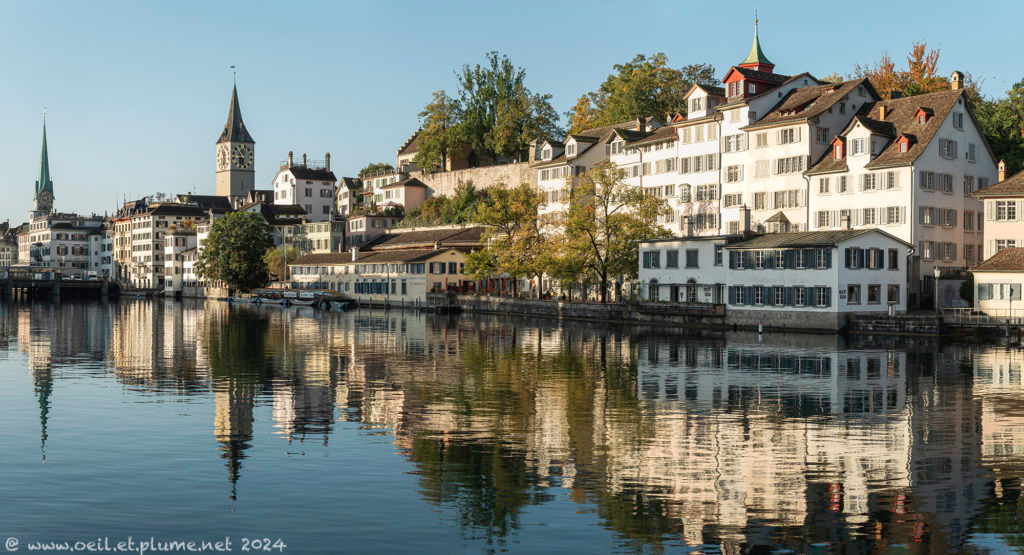World happiness
The 2024 International Day of Happiness took place on 20 March. Is our world is so dark that it needs a dedicated day to feel happy? I hope not. On the same day was issued the UN 2024 World Happiness Report, which delivers interesting findings.
According to the UN study, happiness refers fundamentally to well-being rather than to wealth. It includes positive and negative feelings.
Global happiness inequality has increased substantially across age groups; the biggest increase is in Sub-Saharan Africa. Regional differences are growing too. Happiness has risen in Central and Eastern Europe, as well as in the former Soviet Union and East Asia. It has fallen in South Asia, the Middle East and North Africa.
Finland was found as the happiest country in the world for the seventh year in a row, followed by another three Nordic countries. Switzerland ranks ninth – one position behind its 2023 ranking. The USA and Germany have slipped respectively to the 23rd and 24th positions.
More than three quarters of the people in Switzerland who took part to the UN survey stated to be very happy about their life. However, strong discrepancies were noted across age groups. Young adults (19-28 years) expressed most dissatisfaction and concern for their future.
The pattern on the youngsters’ poor happiness documented in Switzerland echoes the findings obtained in Western countries and even globally. It runs against the received wisdom that the young are the happiest and that happiness declines until middle age, followed by substantial recovery. In most countries life satisfaction drops gradually from childhood through adolescence and into adulthood.
Swiss spirit
In my view, well-being and personal feelings, which are the pillar of happiness according to the UN study, are rooted into cultural and ethical references. Happiness in Switzerland is about well-being, but also culture and values. The whole idea is encapsulated in the concept of Swiss spirit. What is the spirit of Switzerland more precisely about?
In his book published in 1965 and entitled La Suisse ou l’histoire d’un peuple heureux, Denis de Rougemont praised the Swiss federation socio-political model which feeds remarkably vivid regional and local cultures.
According to social polls conducted early 60’s, Swiss people were found as overwhelmingly happy about their life. Work was perceived as a moral duty more than a mere income source. Leisure activities were considered as social duties rather sources of pleasure. Swiss people were found proud of their social organisation and culture, but also patient, humble and prone to self-criticism. Those cultural features suggest strong Christian references.
Against this background, my photographic essay below aims to identify and to interpret key tenets of the Swiss spirit, be they in the past or nowadays. The essay is based mainly on street photography carried out in a couple of Swiss cities and villages. As the foundational act of Switzerland took place in 1291, let’s start with the medieval roots of the Swiss spirit.
Swiss medieval spirit
In order to sketch the medieval Swiss spirit, I explored photographically the following topics:
- Religious and non-religious medieval architecture;
- Interplay between medieval infrastructures and natural elements;
- Medieval emblems and lights;
- Old clocks to suggest time passing by;
- Street life in medieval neighbourhoods;
- Contemporary valorisation of medieval heritage.
Medieval roots of the Swiss spirit are plentiful and manifold throughout Switzerland. The Swiss medieval patrimony is well taken care of, be it in religious buildings, museums or in historical neighbourhoods. Medieval infrastructures often blend with other architectural styles so well that one may forget about their old age. Moreover, medieval architecture plays superbly with vegetation and natural light, which is a very contemporary concern as well. In some places, it suffers from graffiti tagging and abusive business practices.
I met by chance members of a medieval cultural society, whose activities contribute to public education and sensitisation. It is good to realise or to remember that contemporary Swiss culture, life style and quality are deeply anchored into Swiss medieval history. Cultural references to the Middle Age should not be idealised indeed; nor should they be dismissed as irrelevant nowadays.
Continues here.
Cheers,



























